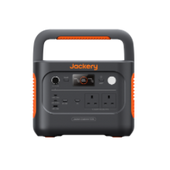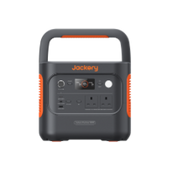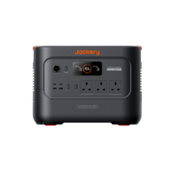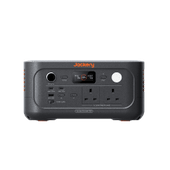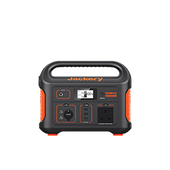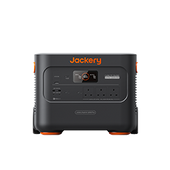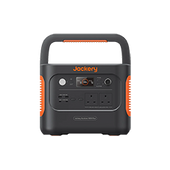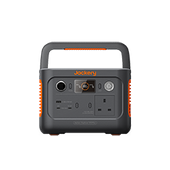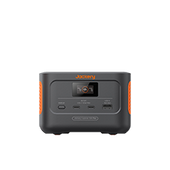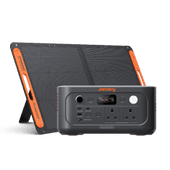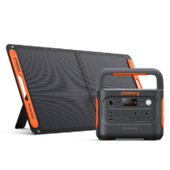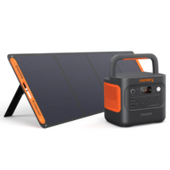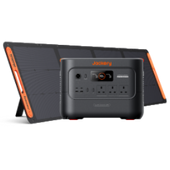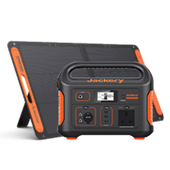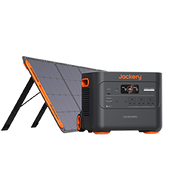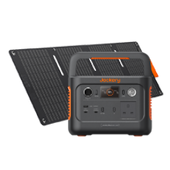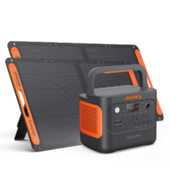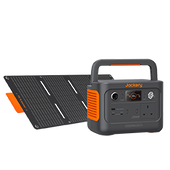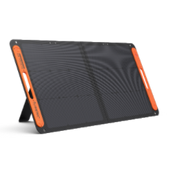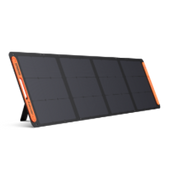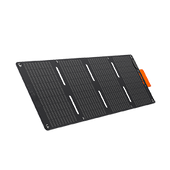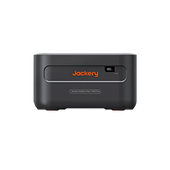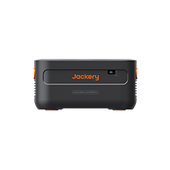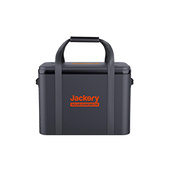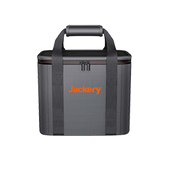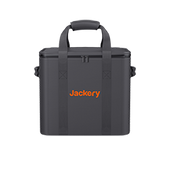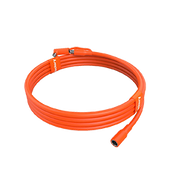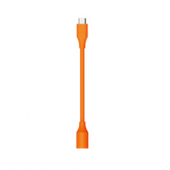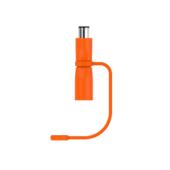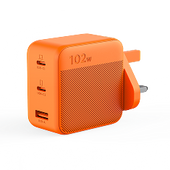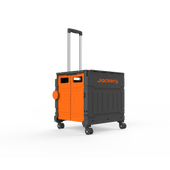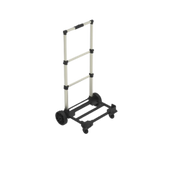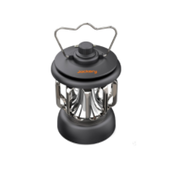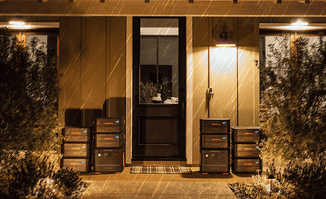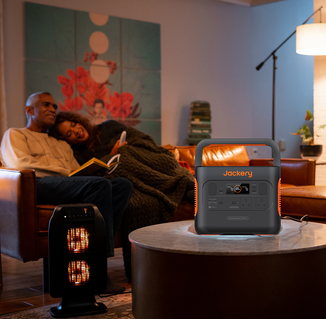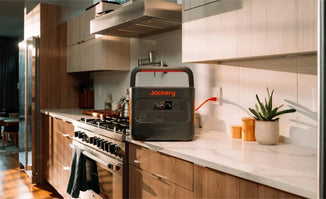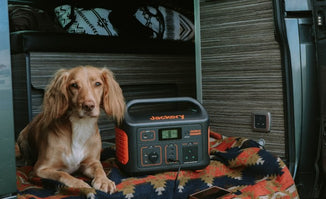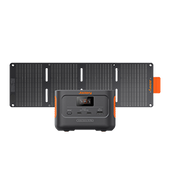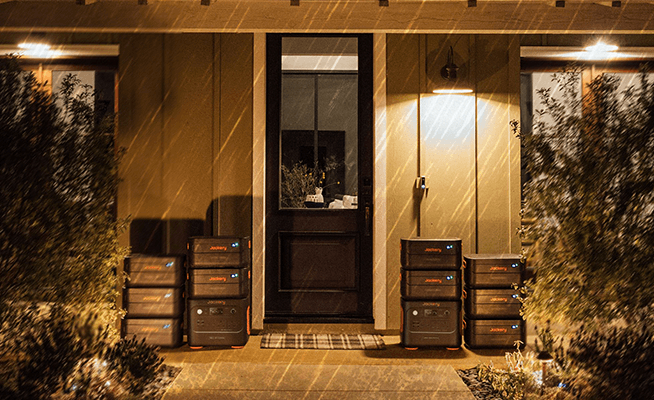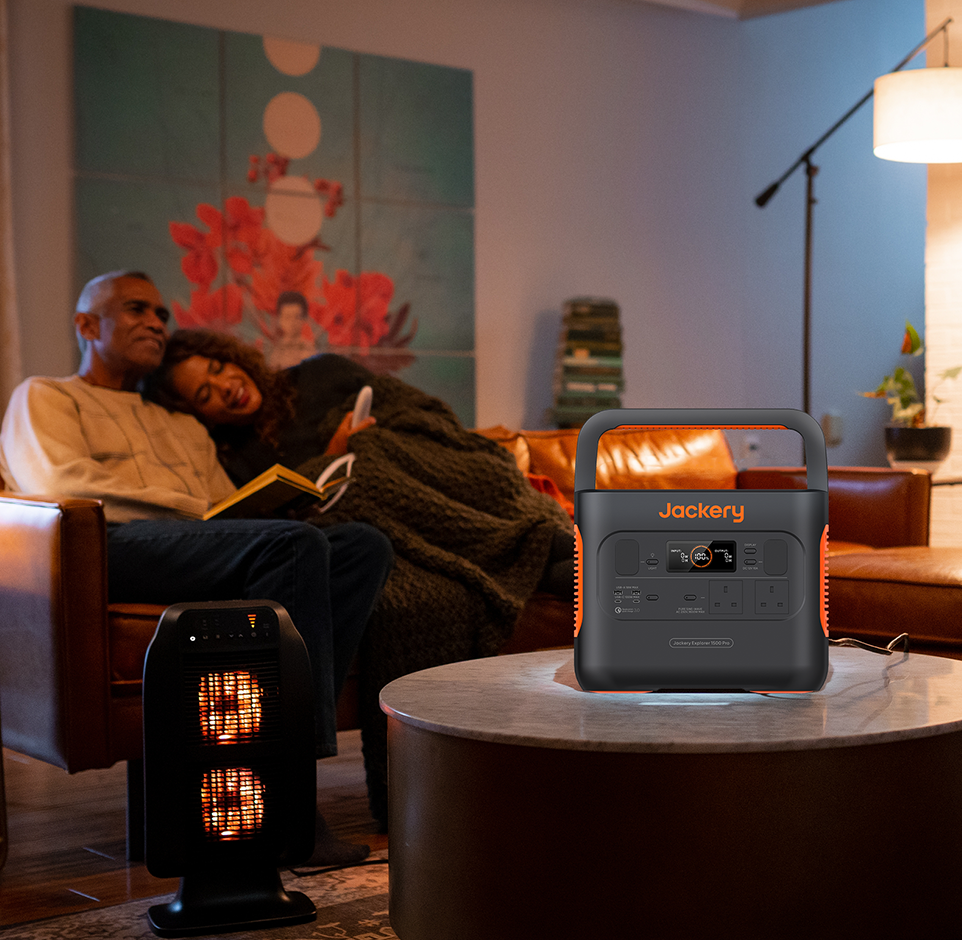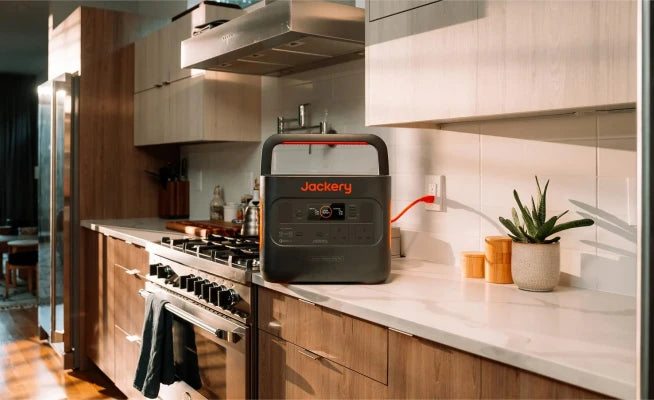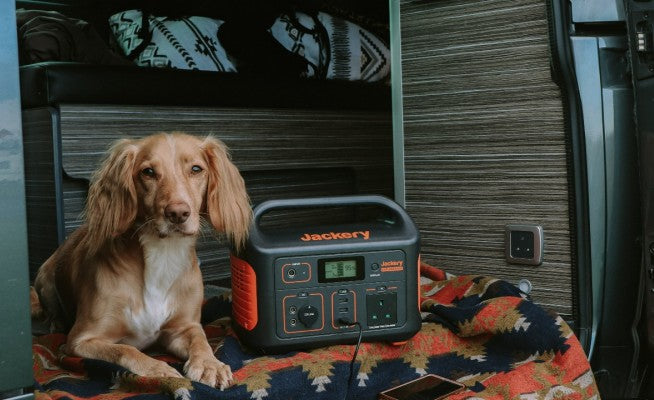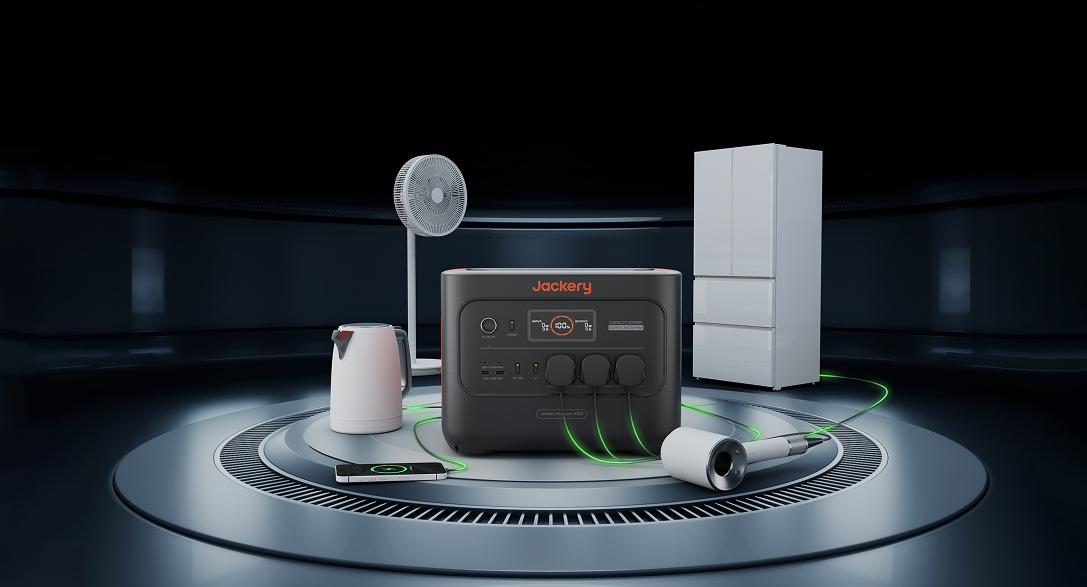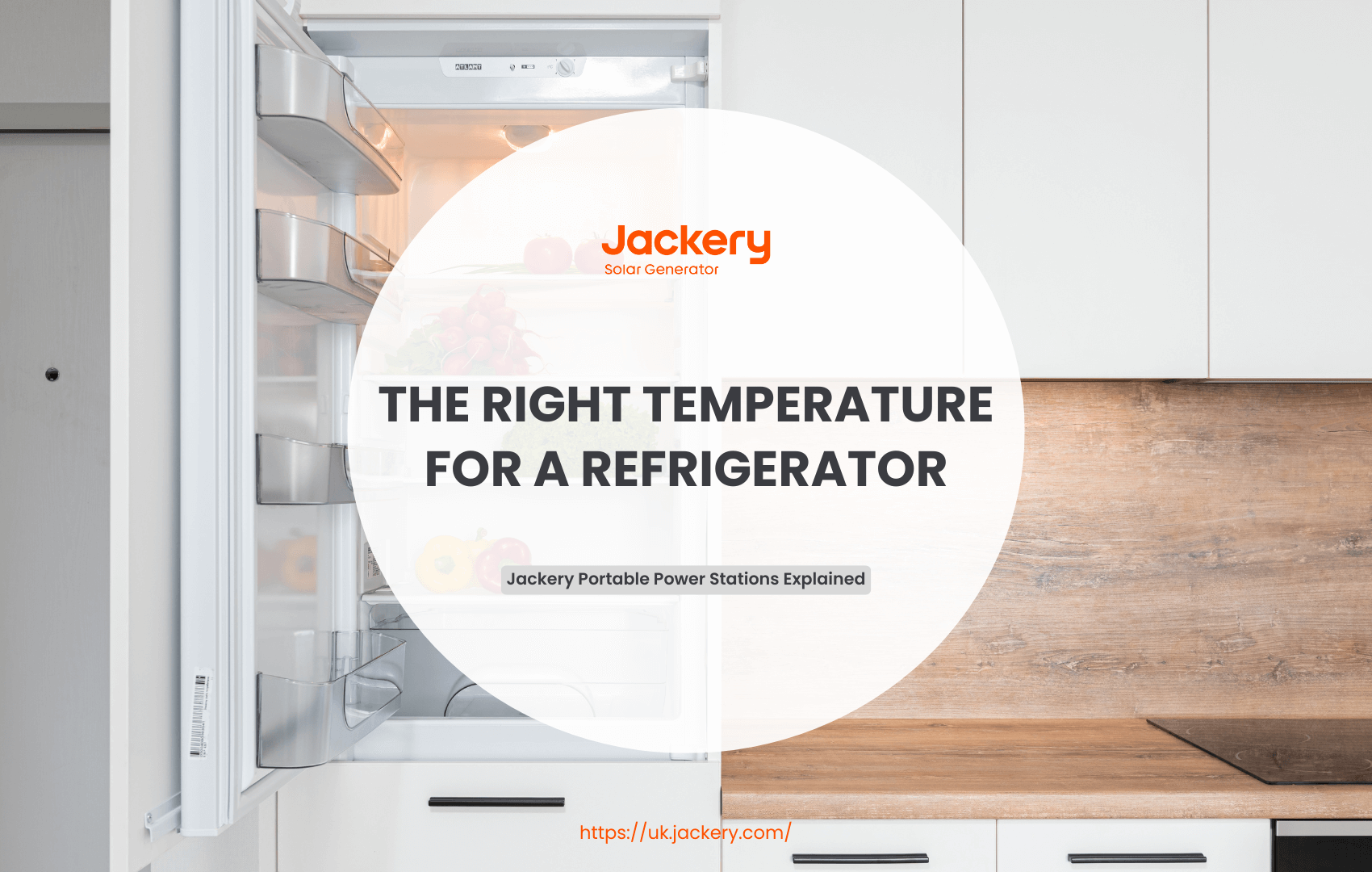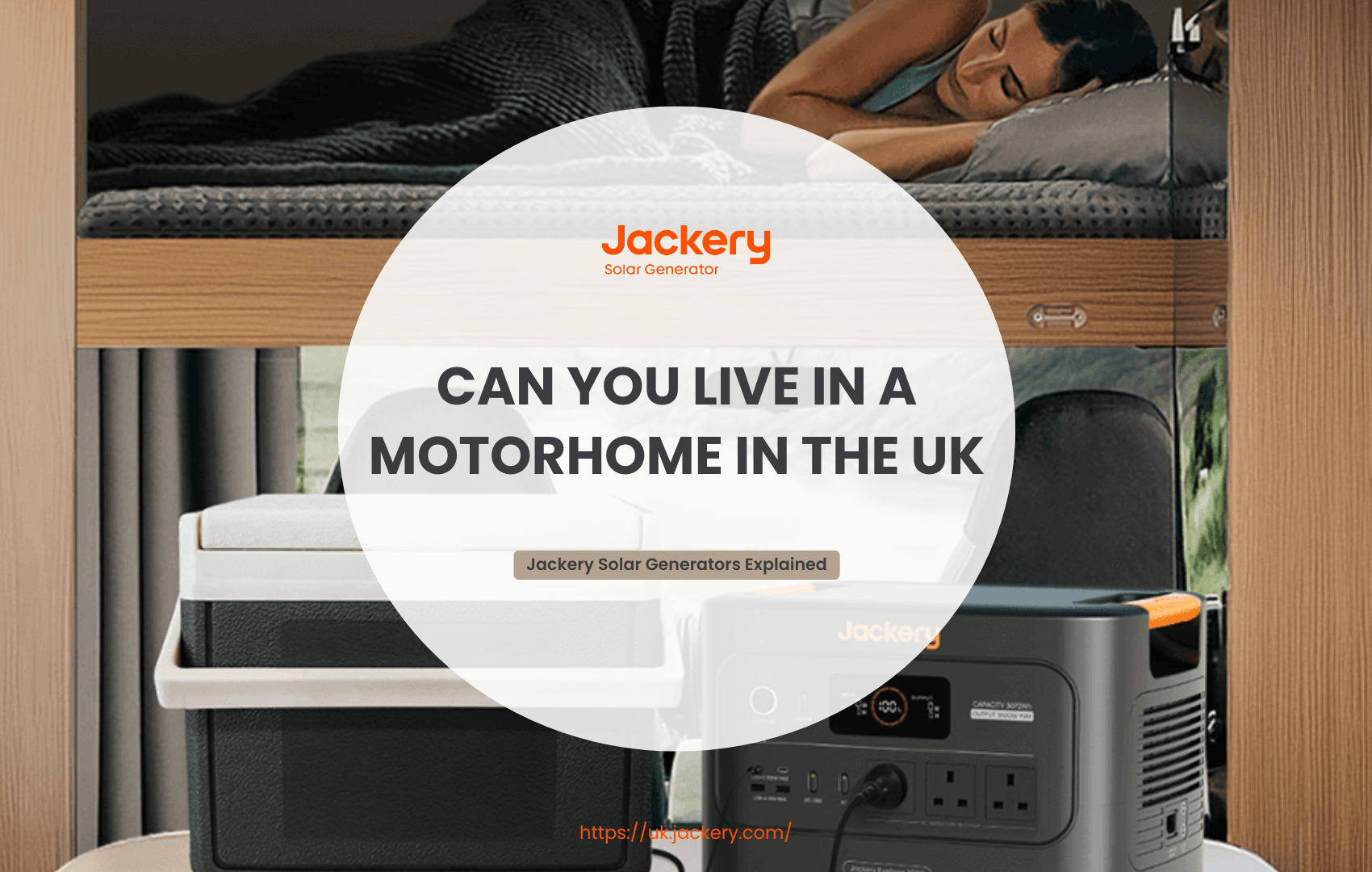With UK summers getting hotter each year, keeping your home cool without overspending is more important than ever. For many, the choice comes down to two options: window AC units or portable air conditioners.
But the decision isn’t always simple. Questions about performance during heatwaves, rising energy costs, noise levels, and tricky installation rules (especially in flats or rentals) can make it a challenge.
Portable vs. Window AC Unit: A Head-to-Head Comparison
Understanding the core differences between these two types of air conditioners is the first step toward making an informed choice. Each has distinct advantages and disadvantages across the factors that matter most to homeowners and renters.
How Do They Compare on Cooling Performance & Effectiveness?
Window AC units are typically more powerful and efficient for cooling an entire room. With their heat-producing components outside, they excel at expelling hot air and keeping temperatures steady, especially during long heatwaves. The right-sized window AC can turn a stifling room into a cool, comfortable space.
Portable ACs work best for spot cooling or short-term relief. Their biggest drawback is the “hose problem.” Single-hose models vent hot air outside but create negative pressure in the room, pulling warm air back in through doors, hallways, and cracks. This makes them work harder and less efficiently.
For climates that regularly experience days over 32°C, a window unit is typically the superior choice for raw cooling performance. If portability is a non-negotiable requirement, a dual-hose portable model, which uses one hose for air intake and another for exhaust, is a much more efficient alternative to a single-hose unit.
Which is More Energy Efficient and Cheaper to Run?
An air conditioner's efficiency is measured by its Energy Efficiency Ratio (EER) or Combined Energy Efficiency Ratio (CEER); a higher number indicates better efficiency. Looking for the Energy Star label is a simple way to identify models designed for lower running costs. Understanding the cost of running aircon is crucial for managing your household budget.
When comparing models with the same cooling capacity (BTU), window units almost always have a higher EER than portable units. This superior efficiency translates directly into lower electricity bills over the summer months.
As a concrete example, a portable AC can use 20-50% more electricity than a comparable window unit to produce the same amount of cooling. Over a full season, this difference can add a significant amount to your energy expenses.
Which AC Unit is Quieter?
The entire mechanical system of a portable AC—including the compressor and fan—is located inside the room. This makes them inherently louder than their window-mounted counterparts, where the noisiest components are positioned outside.
Many portable ACs operate in the 60-70 decibel (dB) range, which is comparable to a normal conversation or a running vacuum cleaner. In contrast, many modern window units are significantly quieter, operating between 40-55 dB. This difference can be critical for light sleepers or anyone using the AC in a bedroom or home office.
Always check the manufacturer's decibel rating before purchasing. Prioritising a low-decibel model will ensure your comfort isn't disrupted by excessive noise.
Which is Easier to Install and More Flexible?
The primary advantage of portable ACs is their installation flexibility. They require minimal installation, making them an ideal solution for renters whose tenancy agreements prohibit window modifications. They are also the go-to choice for rooms with sliding, casement, or non-standard windows that cannot accommodate a window unit.
Window ACs require a standard double-hung window for secure installation. This often requires permission from a landlord and means the unit will block a portion of the window view and light for the entire season. They are a semi-permanent installation that you set up in the spring and remove in the autumn.
It is important to address the "portability" myth. While these units can be moved from room to room, they are not lightweight and have other considerations:
● Weight: Most portable air conditioners weigh between 22-36 kg (50-80 lbs), making them cumbersome to move frequently.
● Footprint: Portable units take up valuable interior floor space.

Sizing Your AC Correctly: The Most Critical Step
Choosing the wrong size air conditioner is the number one cause of dissatisfaction. An undersized unit will run constantly without ever effectively cooling the space, wasting energy and providing little relief. An oversized unit will cool the room too quickly without removing humidity, leading to a cold, clammy feeling.
Use this clear BTU (British Thermal Unit) guide to find the correct size for your space.
|
Room Size (Square Feet) |
Recommended AC Capacity (BTU) |
|
150–250 sq ft |
6,000–8,000 BTU |
|
250–350 sq ft |
8,000–10,000 BTU |
|
350–550 sq ft |
10,000–14,000 BTU |
What Real-World Factors Affect Sizing?
Standard sizing charts are a great starting point, but you must account for your room's specific characteristics.
● Sunlight & Ceilings: For very sunny, south-facing rooms, rooms with high ceilings, or homes in very hot climates, add 10-20% to your required BTU.
● Kitchens: If you are cooling a kitchen, add an additional 4,000 BTU to compensate for the heat generated by appliances.
● Occupancy: Add 600 BTU for each person, beyond the first two, who will regularly occupy the room.
The Off-Grid Advantage: Powering Your AC During an Outage
Power outages during summer heatwaves are becoming more common and can be dangerous, rendering both window and portable ACs useless when they are needed most. This is where a high-capacity solar generator provides a crucial advantage, offering emergency power to keep you cool and safe. A solar generator can reliably run a portable air conditioner and other essentials like fans, refrigerators, and lights.
How to Calculate AC Runtime on a Power Station
You can easily estimate how long a power station will run your AC with a simple formula.
Estimated Runtime (Hours) = Battery Capacity (Wh) * 0.85 / AC Wattage (W)
The 0.85 multiplier accounts for an approximate 15% energy loss that naturally occurs when converting DC battery power to AC power through the power station's inverter. To use this formula, simply find your AC's power consumption in watts (W) on its specification label and the power station's capacity in watt-hours (Wh).
What Are the Recommended Power Solutions for Portable ACs?
To power high-wattage appliances, you need a station built for the task. The ability of a portable power station to run high-power devices depends on its output and capacity.
● Jackery Explorer 3000 v2
o Massive 3072Wh capacity
o 3600W (7200W Surge) output
o Powers a 1000W portable AC for approximately 3 hours. This is the primary solution for running a typical portable AC through peak heat or short outages.
● Jackery Solar Generator 2000 Plus
o Starts with a 2042Wh capacity
o Expandable up to 24kWh
o Powers a 1000W AC for about 2 hours. This expandable generator offers extended runtimes for various needs.
● Jackery Solar Generator 1000 v2
o 1070Wh capacity
o Compact and portable, this unit is an excellent fit for running just a fan or a very small personal cooler.
Final Verdict: Which AC Unit is Right for You?
The right choice depends entirely on your priorities, living situation, and cooling needs.
Choose a Window AC if: Your top priorities are maximum cooling power, high energy efficiency, and quiet operation. You must also have a compatible double-hung window and permission to install an air conditioner in the window.
Choose a Portable AC if: Your rental agreement or window type restricts a window unit installation. You need the flexibility to cool different rooms at different times, or you only require cooling for a temporary period.
What is the Actionable Checklist for Choosing an AC?
1. Measure Your Room: Calculate your room's square footage and use the BTU guide and adjustment factors to determine the correct AC size.
2. Check Your Home: Inspect your windows to see if they can support a window unit and review your rental agreement for any restrictions.
3. Prepare for Outages: For true energy independence, calculate your AC's wattage and choose a solar generator like the Jackery Explorer 3000 v2 for reliable backup power, ensuring you stay cool no matter what.
Frequently Asked Questions
Q: What are the best practices for maintaining both portable and window AC units to ensure longevity and peak performance?
A: For both types, clean or replace the air filter every few weeks during use to ensure optimal airflow. Before storing for the winter, thoroughly clean the unit and drain any internal water to prevent mould growth.
Q: Can I use a portable AC in a room without a window, and if so, how?
A: Yes, you can vent a portable AC through a wall duct, a drop ceiling, or even a sliding glass door with a specialised vent kit. Portable ACs require venting hot air to the outside, typically through a window, wall, or door.
Q: How do I properly seal my windows around a window AC unit or a portable AC vent kit to prevent air leakage?
A: Use the included insulation panels and weather-stripping foam that come with the unit. For extra sealing, you can purchase adhesive foam tape or removable caulk to fill any remaining gaps and improve efficiency.
Q: Beyond the initial purchase and energy costs, are there any other hidden costs associated with owning either a portable or window AC unit?
A: Potential additional costs include replacement filters, professional installation assistance for heavy window units, or specialised venting kits for non-standard windows. Some users also purchase AC covers for off-season storage.

